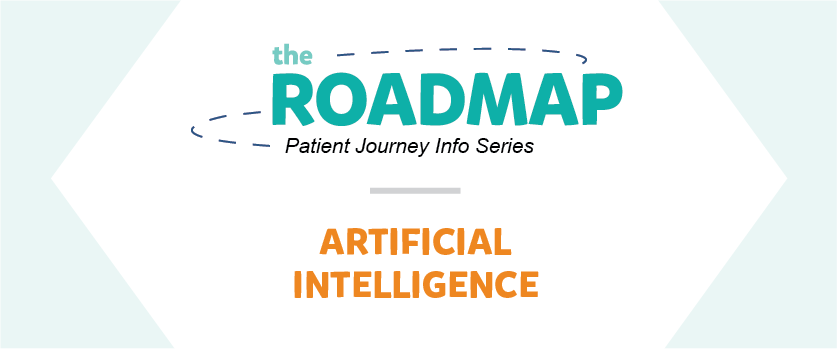More Than Enough Data, Not Enough Hours in the Day
Healthcare practices are overwhelmed.
They are certainly overwhelmed with data. And not just clinical data. At scheduling, while registering new patients, during intake, in the revenue cycle, or languishing in accounts receivable: it’s a mountain of paper and a sea of bits and bytes.
Simultaneously, practices are severely resource thin — especially in the shadow of the pandemic. Marching through those workflows built around bringing in and collecting from patients every day is challenging enough. Attempting to analyze all of this data to improve processes and boost revenue is simply impossible.
Administrative automation can, of course, take you pretty far. In previous entries in our blog series, we’ve learned that effective practices need to embrace technology and tools that can reinvent their workflows. This digital transformation can extract more value from their overextended resources by providing them with tools that simplify and digitize their workflows. It can also unify all of the data collection so that it’s being gathered consistently throughout the patient journey. But that’s still not enough to enable staff to make sense of all of the data generated by digital transformation. What can you do with all of this data?
AI Loves Data and Works Long Hours
Artificial intelligence (AI) excels at picking through unstructured data and teasing out patterns — much the way humans can consider a set of unrelated inputs (“Hey this patient is 25 years old and living downtown, I bet they’d prefer to be texted about their medical bill.”) and make inferences. The difference is an AI engine can look at far far more data over a much much longer stretch of time than a human ever could in order to get at nuggets of insight — insights that can be leveraged to improve everything from reduced overhead to higher patient satisfaction to increased patient payments.
It doesn’t stop there though. Even after using AI-discovered insights to inform changes in workflow, communications, and collections, data is still being collected. And this data reflects algorithm modifications as well as other modifications outside the control of the practice like changes in compliance rules or public policy. So you feed this new data back into the AI engine after a time and draw new conclusions to further refine how workflows, communications, and collections are handled. Rinse and repeat.
If You Adapt to the Times, You’re Behind
Adapting to the times by adopting static technology is no longer sufficient. Changes come too fast in our gigaspeed world; by the time you’ve arrived, the world has moved on. So when you bring technology into your practice to optimize your workflows, communications, and collections, it should be technology that will dynamically sense change before you do. It starts with gathering comprehensive data and ends with letting technology — letting AI — analyze the data for you. The next destination is ever further away but with the power of AI, you’ll always be on your way there.



